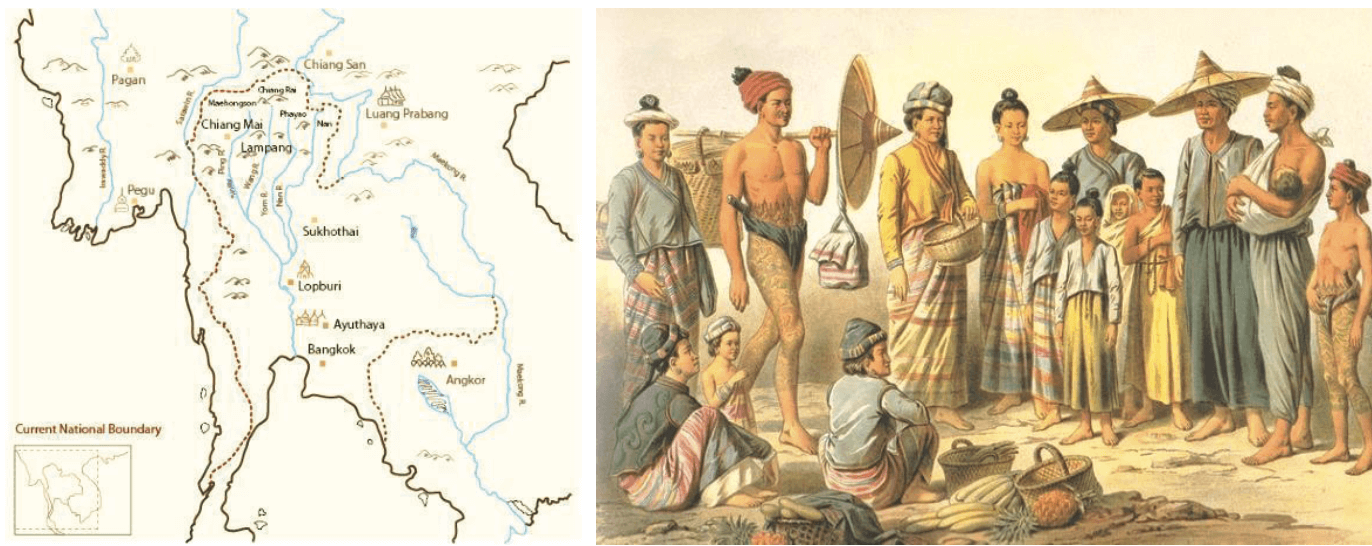
LanNa Lacquer: Exploring the Legacy in Vietnam
LanNa Lacquer: Exploring the Legacy in Vietnam

LanNa lacquer, a significant cultural heritage from Northern Thailand, has been practiced for over 12 centuries. Despite its rich history, this art form faces modern challenges. Originating from the Tai Kheun people of Chiang Tung, Myanmar, and introduced to Chiang Mai in 1804, LanNa lacquer was traditionally used to coat bamboo items, making them water-resistant and durable.
1. Current challenges of lanna lacquer

The art of this traditional lacquer is endangered due to a decline in skilled artisans, lengthy production processes with low income, and limited material availability. The scarcity of tree resin, which is crucial for production, coupled with high import costs, further exacerbates these challenges.
2. Research and Development

Efforts to preserve and develop this traditional lacquer focus on two main areas: data collection and design innovation. Data is gathered through interviews with artisans, historians, exporters, designers, and tourists. The design aspect integrates traditional techniques into modern products, utilizing the “Neo LanNa” method to create lacquerware that retains its cultural identity.
3. Future Directions

At CONCOPENS, artisans continuously absorb and learn from the essence of art forms closely related to lacquer, applying these techniques to traditional Vietnamese lacquer fountain pens and other premium writing instruments in your hands.
Explore the unique works of traditional Vietnamese lacquer fountain pens crafted by CONCOPENS artisans [HERE].
For additional reference, check the original source [HERE]



